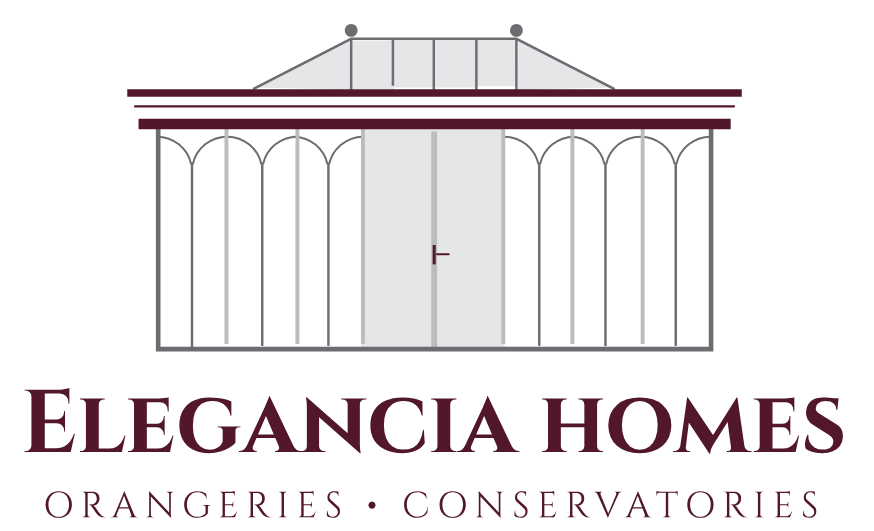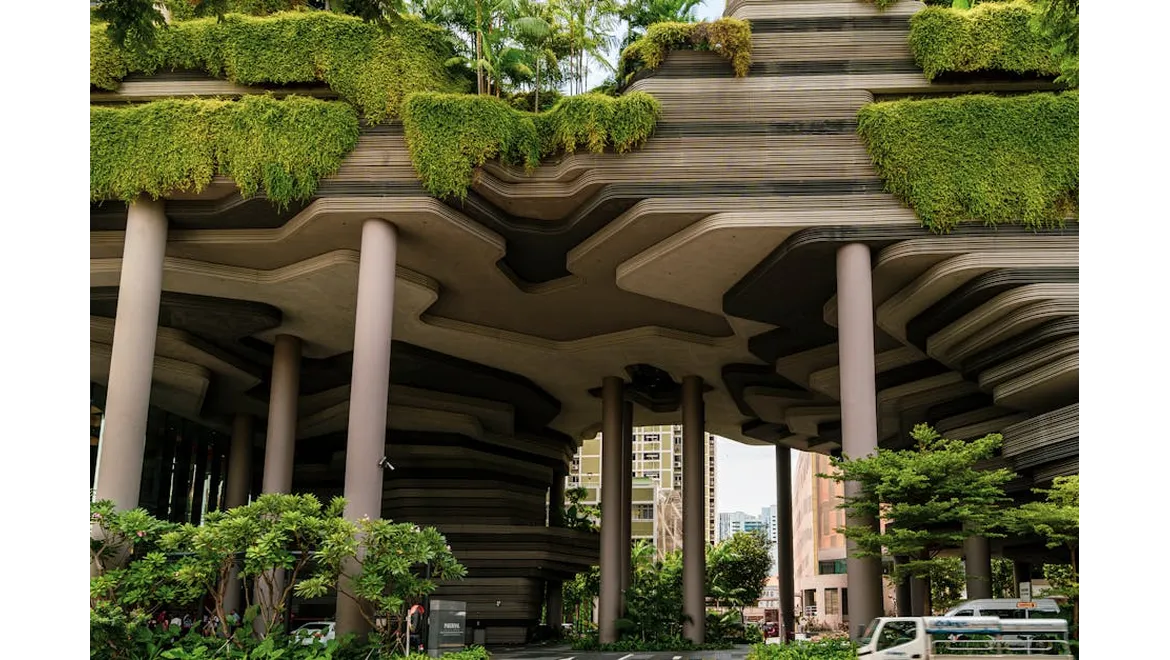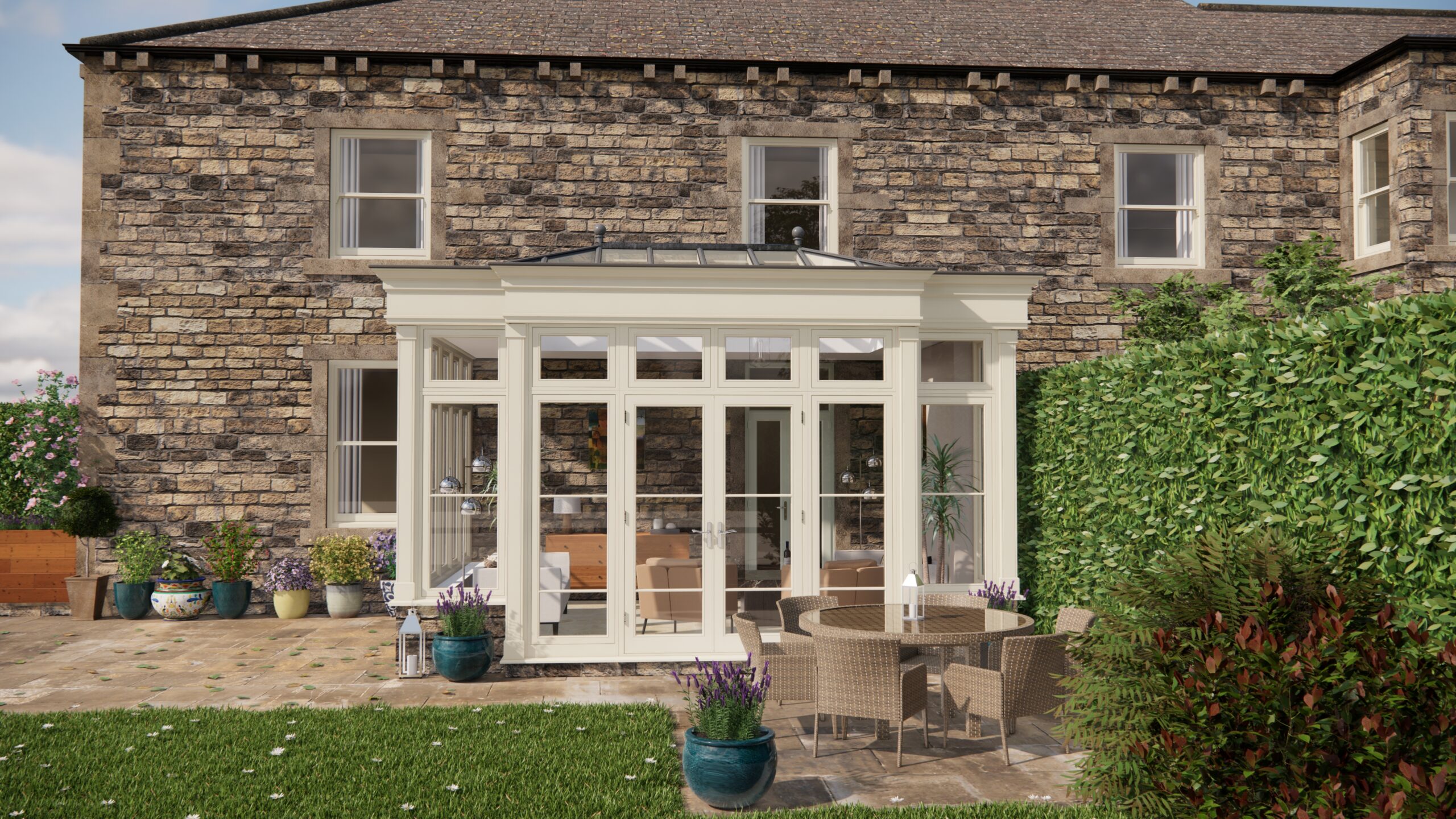For years, my London flat felt… well, like a London flat. Concrete jungle views, minimal sunlight, and a general lack of connection to anything natural. I worked from home, and honestly, my productivity suffered. I felt drained, uninspired, and longed for the countryside, despite being a city dweller at heart. Then I stumbled upon the concept of Biophilic Design. It was a revelation! The idea of consciously integrating nature into my living space to boost well-being and productivity resonated deeply. So, I embarked on a journey to transform my urban box into an urban oasis. And let me tell you, it’s made a world of difference.
Understanding the Principles:
Biophilic design isn’t just about scattering a few houseplants around. It’s about mimicking natural patterns and processes in our built environment. Think natural light, ventilation, textures, colours, and connections to the outdoors. The core principle? We humans have an innate connection to nature that, when nurtured, enhances our physical and mental health.
My First Steps: Natural Light and Ventilation
This was my biggest challenge. My flat faced north, receiving minimal direct sunlight. My first investment was in light-enhancing window film that redirects and diffuses light. It’s amazing how much brighter the room felt immediately. Next, I focused on ventilation. I made a conscious effort to open windows daily, even for a short while, to circulate fresh air. A small investment in a quiet air purifier helped further combat the urban grime. If I’d had access to a balcony or a suitable space for adding an orangery, the larger glazed surfaces would greatly enhance this process, but alas, it wasn’t feasible in my current setup.
Bringing the Outdoors In: Plants, Plants, Plants!
This is where the fun really began! I started small, researching plants that thrive in low-light conditions, such as snake plants, ZZ plants, and peace lilies. These are incredibly resilient and require minimal care, perfect for a beginner like me. I grouped them together in various corners, creating mini-jungles. Vertical gardening was key for saving space. I installed a simple trellis system and trained climbing plants like ivy and pothos. The visual impact was incredible, instantly softening the harsh edges of the room and adding a vibrant pop of green. I also integrated herbs into my kitchen windowsill, providing fresh flavours and a lovely aroma.
Textural Delight: Natural Materials
Swapping out harsh, synthetic materials for natural ones made a significant impact. I replaced my plastic desk chair with one made of wood and woven fabric. I added jute rugs to soften the floors and introduced textured throws and cushions made of linen and cotton. Even something as simple as switching plastic storage boxes for wicker baskets added warmth and a sense of connection to nature. I even replaced my bedside lamp with a bamboo one and added a small water feature. The subtle sound of trickling water is incredibly calming.
Creating a Wellness Zone: Yoga and Relaxation
With the basics in place, I wanted to dedicate a specific area to well-being. I cleared a corner of my living room, laid down a comfortable yoga mat, and added a small meditation cushion. The soft light filtering through my plants created a serene atmosphere, perfect for yoga and mindfulness practices. I also incorporated aromatherapy diffusers with essential oils like lavender and eucalyptus to further enhance the relaxing ambiance. The goal was to create a space that instantly signals relaxation and invites me to disconnect from the stresses of daily life. Incorporating yoga into my daily routine, even for just 15 minutes, has significantly improved my mood and reduced stress. If you have the space, an orangery could be ideal here, allowing for near year-round access to sunlight and nature.
Nature’s Palette: Colours and Patterns
I repainted my walls in calming, nature-inspired colours – soft greens, earthy browns, and muted blues. I also incorporated natural patterns into my décor. Think botanical prints, leaf-patterned wallpaper, and wood grain textures. Even small details, like adding pebbles to a decorative bowl or displaying a collection of seashells, helped to reinforce the connection to nature.
So, what’s the result of my efforts? My flat is now a sanctuary. It feels brighter, more inviting, and infinitely more calming. My productivity has increased, my stress levels have decreased, and I genuinely feel more connected to nature, even in the heart of the city. It’s not about creating a perfect replica of the outdoors, but about subtly weaving natural elements into your living space to nurture your well-being.
It really comes down to a few core principles. Light, ventilation, natural materials, biophilic patterns and of course, plants. The most important thing is to be willing to experiment. See what works for you and your space. Don’t be afraid to get creative and adapt these ideas to your own personal style and needs.


